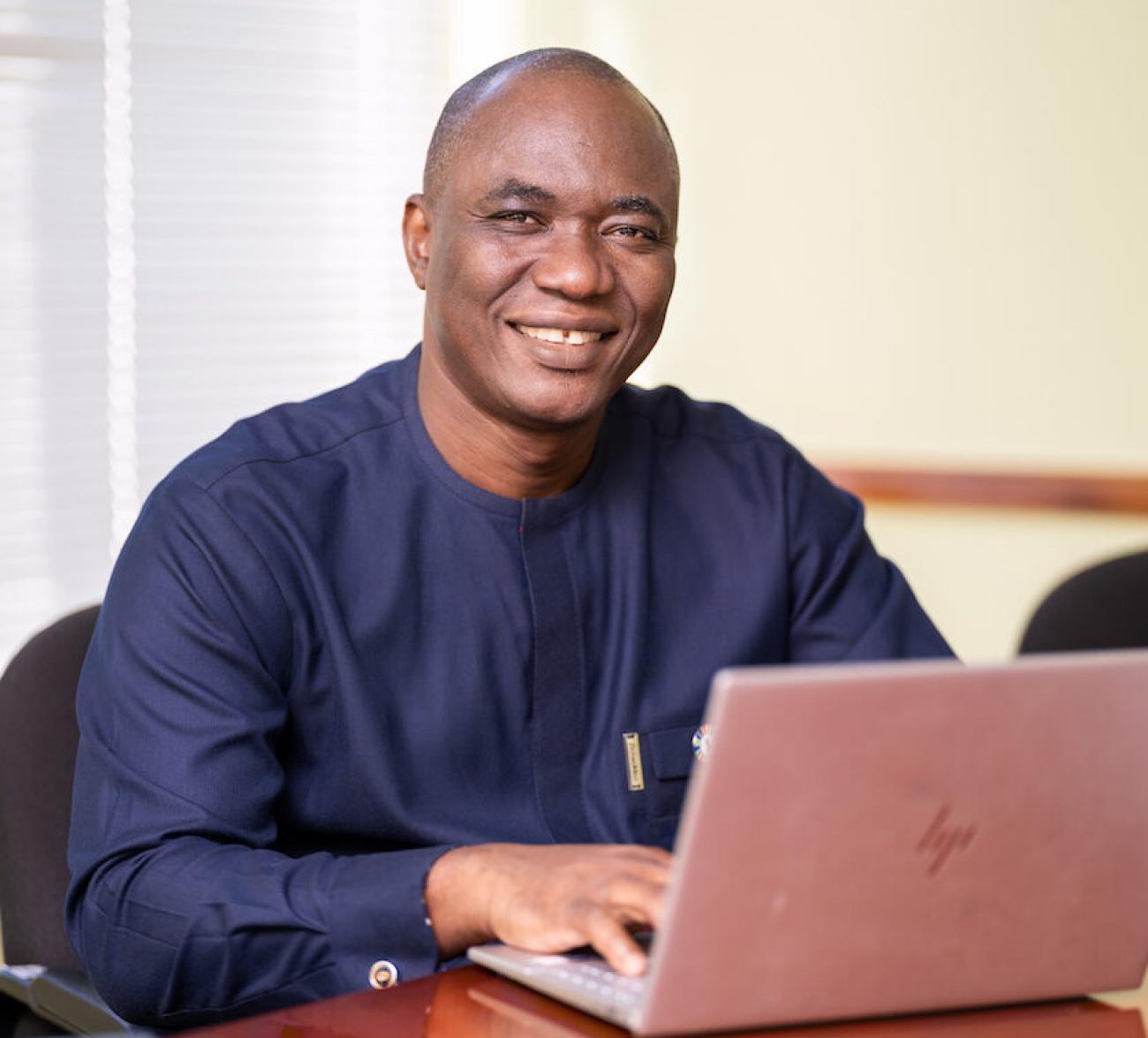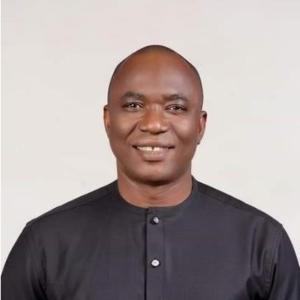In the global spotlight, all eyes are currently fixed on the 78th United Nations General Assembly (UNGA 78), in New York, as we reach halfway of the 2030 Agenda for Sustainable Development. With the clock ticking on majority of the Sustainable Development Goals (SDGs) being off-track or regressing, it is now abundantly clear that the world must intensify its efforts and accelerate progress toward achieving the SDGs with leaving no one behind as our guiding principle.
In a complex world where geopolitical interests sometimes overshadow multilateralism, the UN faces challenges which are multifaceted. UN Secretary-General, Antonio Guterres has sounded a rallying cry, urging world leaders to make concrete commitments to rescue the SDGs during this crucial “SDG summit.”
Tremendous strides have been made globally in the fight against AIDS. New HIV infections have been significantly reduced, especially in the hardest-hit regions. More individuals now have access to HIV treatment, and countless lives are being saved. These achievements underscore the fact that SDG 3.3, which aims to end the AIDS epidemic, without complacency, is attainable with sustained commitment and unwavering effort in applying science-based interventions.
However, facing the reality, the 2023 Global AIDS Report reminds us that challenges persist. In Sub-Saharan Africa, 4,000 adolescent girls and young women are infected with HIV every week whereas in the Caribbean, every week, over 300 individuals become HIV positive. These stark numbers serve as a clear and unequivocal reminder that ending AIDS hinges on the political commitments made by governments.
The countries that have exhibited unwavering commitment to ending AIDS as a public health threat have already made significant progress, achieving the 95-95-95 global AIDS targets. As our leaders gather at the 78th UN General Assembly in New York this September, it is vital to celebrate the successes of countries like Botswana, Eswatini, Rwanda, Tanzania, and Zimbabwe. These nations have embraced data-driven strategies and the science of effective interventions. They have upheld their 2021 Political Declaration and commitments on AIDS and placed people and communities at the core of their responses, treating HIV fundamentally as an investment rather than a cost. Furthermore, they have boldly dismantled and reformed policies and laws that perpetuated stigma and discrimination against marginalised populations, including women and girls, prisoners, and migrants.
The core principle of the SDGs is “leaving no one behind.” Addressing the social determinants of health and vulnerability faced by those living with or at risk of contracting HIV is imperative. Without substantial investment in all 17 SDGs, particularly the 10 highly relevant to the AIDS response (i.e., SDGs 1, 2, 3, 4, 5, 8, 10, 11, 16, and 17), the dream of peace, prosperity, and a safe planet will remain unattainable and out of reach. It is important to connect the dots between HIV and the other SDGs so that when countries invest in a particular goal, they can see how their investments impact their commitment to end AIDS.
SDGs 1, 2, and 3: Poverty and hunger increase vulnerability to HIV infection, particularly among affected households and women with low socioeconomic status. Therefore, investing in HIV-sensitive and shock responsive social protection policies and programmes, including food security, cash transfers and social insurance helps to enhance household resilience to fight HIV. Similarly, by improving access to sexual and reproductive health services, most-at-risk, marginalised and vulnerable people would have the essential services they need to prevent HIV transmission and improve their health and wellbeing.
SDGs 4, 5, and 8: Education empowers individuals to make informed choices, negotiate safer sexual practices, reduce vulnerability to HIV and early pregnancies. Investing in transforming education programmes and making them relevant for social and economic transformation will help to lift people out of poverty. An educated and knowledgeable society engender gender equality which is key to protecting women and girls from HIV and gender-based violence. Creating job opportunities which are decent and dignified with full protection of labour rights and HIV-friendly policies fosters productivity and economic growth and reduces HIV transmission risk in the world of work.
SDGs 10, 11, 16, and 17: Tackling inequalities is paramount. Currently, SDG 10 is among the poorest performing indicators as it is linked directly or indirectly to the rest of the SDGs. Stigma and discrimination hamper public health efforts because they prevent marginalised and vulnerable people from accessing public services. Therefore, championing people’s rights and ensuring social solidarity protects everyone. Monitoring inequality trends is crucial in understanding the root causes and patterns of inequalities and what policymakers can do mitigate and close the inequality gaps in society. The UNAIDS Eminent Group on Inequalities has a lot to do to support the rescuing of SDG10. Global partnerships for public good are essential for sharing health technologies and ensuring access to new HIV medicines worldwide.
It is important to connect the dots between our global commitment and solidarity to ending AIDS as a public health threat to securing the promise for our Sustainable Future by 2030. Investing in the SDGs is a political choice with high social and economic returns. Caribbean leaders must recommit to the SDGs by demonstrating political will and making bold investments to address the HIV needs among those who are most marginalised and vulnerable. Eliminating gender inequalities and upholding human rights are essential for universal health coverage and ending AIDS as a public health threat.
We need to embrace and celebrate victories in the HIV response. The five African countries that have achieved the 95-95-95 targets have proven that ending AIDS is not just attainable; it’s a political choice that demands hard work, global solidarity, and unwavering commitment to achieve the people-centered global targets. Our leaders must fulfil their commitments to address the HIV needs of marginalised populations, eliminating gender inequalities and upholding human rights to end AIDS and achieve universal health coverage by 2030. Caribbean countries, with over 100,000 people living with HIV and waiting to access lifesaving antiretroviral medicines, must follow their lead and redouble efforts to end AIDS as a public health threat once and for all.
The time to act is now. Connecting the dots and bridging the gap between HIV commitments and the SDGs is not just a necessity but a moral obligation. Let us unite, learn from success stories, and work together towards a sustainable and healthier future by 2030.






